Maintaining a pool can be one of the most enjoyable aspects of homeownership, especially during the hot summer months. However, it can also be a significant drain on energy resources, resulting in higher utility bills and a larger carbon footprint. For pool owners, implementing energy-efficient practices is not only an environmentally responsible decision but also a financially savvy one. This blog post aims to equip you with practical tips and insights on how to make your pool more energy-efficient, ensuring that you can enjoy its benefits without breaking the bank.
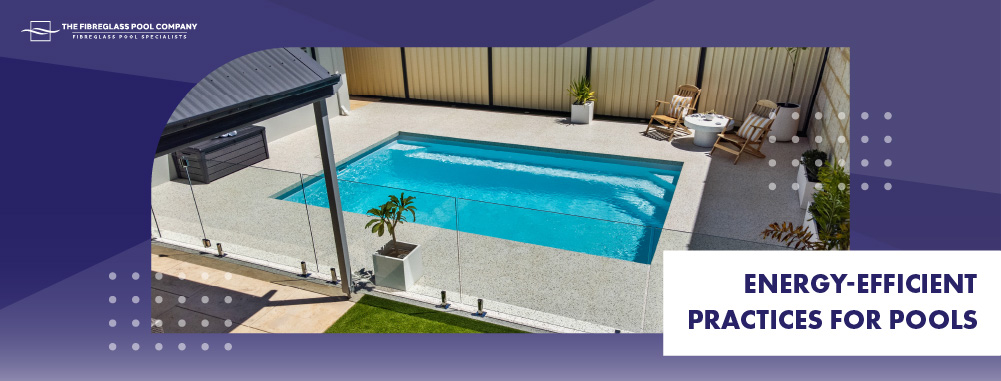
Understanding the Energy Consumption of Pools
Breakdown of the Different Components That Contribute to Energy Usage
To effectively manage and reduce your pool’s energy consumption, it’s essential to understand where most of the energy is being used. Pool maintenance involves several components, each with its own energy demands:
- Pumps and Filters: These are often the most significant energy consumers in a pool setup. They run continuously to keep the water clean and free of debris, which can result in substantial energy usage over time. Older, single-speed pumps, in particular, are notorious for their inefficiency.
- Heaters: If you enjoy swimming in warm water, you likely use a pool heater. While heaters provide comfort, they can also be energy hogs, especially if they are older models that lack modern efficiency features.
- Lighting: Pool lighting adds to the aesthetic appeal and safety of your pool area but can also contribute to your energy bill. Traditional incandescent bulbs are less efficient compared to newer LED options.
Understanding these primary energy consumers allows you to target specific areas for improvement, paving the way for a more energy-efficient pool.
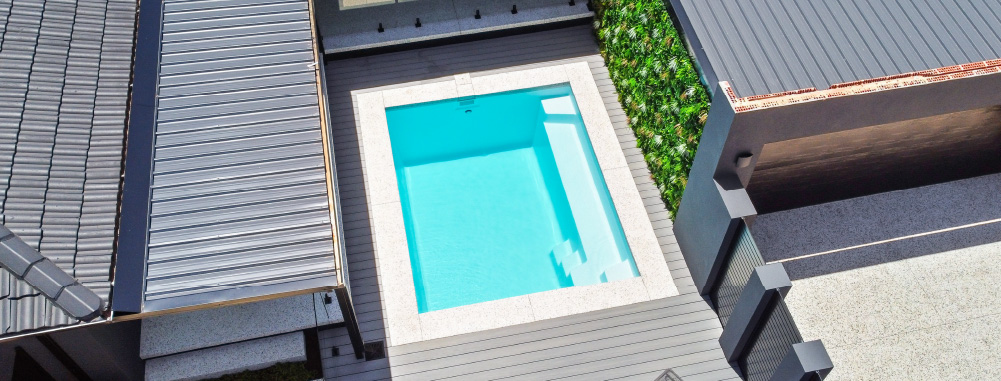
Implementing Energy-Efficient Practices
Tips and Techniques for Reducing Energy Consumption Without Compromising on Pool Enjoyment
Now that we have a clearer picture of where energy is consumed, let’s explore some actionable strategies to reduce your pool’s energy use while still enjoying all its benefits.
- Upgrade to Variable-Speed Pumps: Variable-speed pumps are far more energy-efficient than their single-speed counterparts. They allow you to adjust the pump speed to match the pool’s needs, significantly reducing energy consumption. Although the upfront cost is higher, the savings on your energy bill will quickly outweigh the initial investment.
- Use Solar Covers: A solar cover is an excellent way to maintain your pool’s temperature without relying heavily on heaters. These covers trap heat from the sun and reduce water evaporation, keeping your pool warm naturally. Additionally, they help keep debris out, reducing the workload on your pump and filter.
- Optimise Heating Practices: If you use a pool heater, consider lowering the temperature by just a few degrees. You can also invest in a solar heater or a heat pump, both of which are more energy-efficient than traditional gas heaters. Additionally, use a timer to ensure the heater runs only when needed.
By implementing these energy-efficient practices, you can enjoy a well-maintained pool while cutting down on energy costs and environmental impact.
The Role of Technology in Energy Efficiency
Highlighting the Latest Pool Technologies That Can Significantly Improve Energy Efficiency
Innovations in technology are making it easier than ever to maintain an energy-efficient pool. Here are some of the latest advancements that can help you achieve significant energy savings:
- Smart Pool Controllers: These devices allow you to automate and control various aspects of your pool, including pumps, heaters, and lighting, from your smartphone. Smart controllers can optimise energy usage by scheduling operations during off-peak hours or automatically adjusting settings based on weather conditions.
- LED Pool Lighting: Switching to LED lights can drastically reduce your pool’s energy consumption. LEDs use up to 80% less energy than traditional incandescent bulbs and have a much longer lifespan. They also offer a range of colours and brightness levels, enhancing your pool’s ambiance without the high energy cost.
- Robotic Pool Cleaners: Traditional pool cleaners can be energy-intensive, but robotic models are designed to be highly efficient. They operate independently of your pool’s filtration system and use minimal energy to keep your pool spotless. Some advanced models even feature AI capabilities to optimise cleaning patterns and reduce run times.
By embracing these technologies, you can make your pool maintenance routine both smarter and more energy-efficient, leading to long-term savings and sustainability.
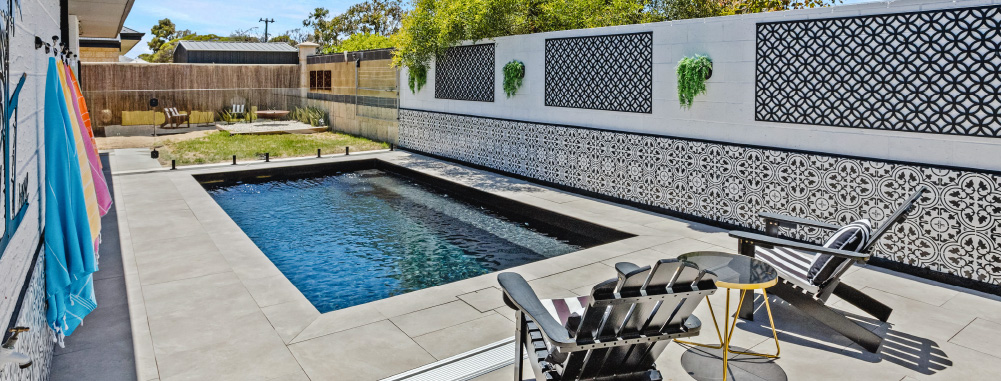
The Future of Energy-Efficient Pools
The shift towards energy-efficient practices in pool maintenance is not just a trend; it’s a necessity for the future. As more pool owners adopt these strategies, we can expect to see several positive outcomes:
- Lowered Energy Costs: Widespread adoption of energy-efficient pool technologies and practices will lead to significant reductions in energy consumption, translating to lower utility bills for pool owners.
- Environmental Benefits: Reduced energy usage means a smaller carbon footprint. By making our pools more energy-efficient, we contribute to the global effort to combat climate change and preserve natural resources.
- Technological Advancements: As demand for energy-efficient pool solutions grows, innovation in the industry will continue to accelerate. This will result in even more advanced and affordable technologies that make it easier for every pool owner to maintain an energy-efficient pool.
In conclusion, embracing energy-efficient practices for your pool is a win-win situation. Not only does it allow you to save money on your energy bills, but it also ensures that you enjoy a well-maintained pool that requires less maintenance and repairs over time. Additionally, by adopting these practices, you are making a positive contribution to environmental sustainability, reducing your carbon footprint, and preserving natural resources for future generations.
Start today by implementing some of the tips and technologies discussed in this post, such as using a pool cover to minimise water evaporation, upgrading to energy-efficient pool pumps and heaters, and incorporating solar-powered lighting. By making these changes, you will experience the numerous benefits of an energy-efficient pool for yourself, including lower operational costs, improved pool performance, and the satisfaction of knowing you are doing your part to protect the planet.
Maintaining a pool can be one of the most enjoyable aspects of homeownership, especially during the hot summer months. However, it can also be a significant drain on energy resources, resulting in higher utility bills and a larger carbon footprint. For pool owners, implementing energy-efficient practices is not only an environmentally responsible decision but also a financially savvy one. This blog post aims to equip you with practical tips and insights on how to make your pool more energy-efficient, ensuring that you can enjoy its benefits without breaking the bank.
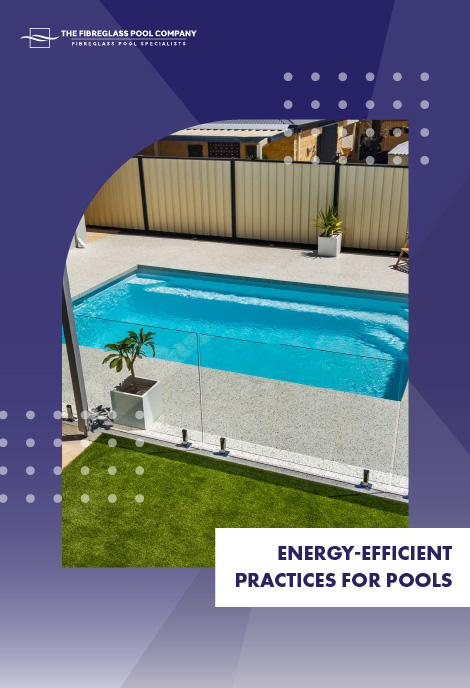
Understanding the Energy Consumption of Pools
Breakdown of the Different Components That Contribute to Energy Usage
To effectively manage and reduce your pool’s energy consumption, it’s essential to understand where most of the energy is being used. Pool maintenance involves several components, each with its own energy demands:
- Pumps and Filters: These are often the most significant energy consumers in a pool setup. They run continuously to keep the water clean and free of debris, which can result in substantial energy usage over time. Older, single-speed pumps, in particular, are notorious for their inefficiency.
- Heaters: If you enjoy swimming in warm water, you likely use a pool heater. While heaters provide comfort, they can also be energy hogs, especially if they are older models that lack modern efficiency features.
- Lighting: Pool lighting adds to the aesthetic appeal and safety of your pool area but can also contribute to your energy bill. Traditional incandescent bulbs are less efficient compared to newer LED options.
Understanding these primary energy consumers allows you to target specific areas for improvement, paving the way for a more energy-efficient pool.
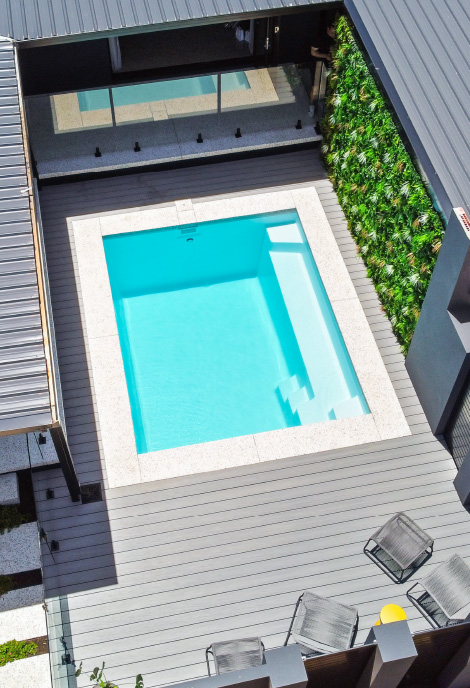
Implementing Energy-Efficient Practices
Tips and Techniques for Reducing Energy Consumption Without Compromising on Pool Enjoyment
Now that we have a clearer picture of where energy is consumed, let’s explore some actionable strategies to reduce your pool’s energy use while still enjoying all its benefits.
- Upgrade to Variable-Speed Pumps: Variable-speed pumps are far more energy-efficient than their single-speed counterparts. They allow you to adjust the pump speed to match the pool’s needs, significantly reducing energy consumption. Although the upfront cost is higher, the savings on your energy bill will quickly outweigh the initial investment.
- Use Solar Covers: A solar cover is an excellent way to maintain your pool’s temperature without relying heavily on heaters. These covers trap heat from the sun and reduce water evaporation, keeping your pool warm naturally. Additionally, they help keep debris out, reducing the workload on your pump and filter.
- Optimise Heating Practices: If you use a pool heater, consider lowering the temperature by just a few degrees. You can also invest in a solar heater or a heat pump, both of which are more energy-efficient than traditional gas heaters. Additionally, use a timer to ensure the heater runs only when needed.
By implementing these energy-efficient practices, you can enjoy a well-maintained pool while cutting down on energy costs and environmental impact.
The Role of Technology in Energy Efficiency
Highlighting the Latest Pool Technologies That Can Significantly Improve Energy Efficiency
Innovations in technology are making it easier than ever to maintain an energy-efficient pool. Here are some of the latest advancements that can help you achieve significant energy savings:
- Smart Pool Controllers: These devices allow you to automate and control various aspects of your pool, including pumps, heaters, and lighting, from your smartphone. Smart controllers can optimise energy usage by scheduling operations during off-peak hours or automatically adjusting settings based on weather conditions.
- LED Pool Lighting: Switching to LED lights can drastically reduce your pool’s energy consumption. LEDs use up to 80% less energy than traditional incandescent bulbs and have a much longer lifespan. They also offer a range of colours and brightness levels, enhancing your pool’s ambiance without the high energy cost.
- Robotic Pool Cleaners: Traditional pool cleaners can be energy-intensive, but robotic models are designed to be highly efficient. They operate independently of your pool’s filtration system and use minimal energy to keep your pool spotless. Some advanced models even feature AI capabilities to optimise cleaning patterns and reduce run times.
By embracing these technologies, you can make your pool maintenance routine both smarter and more energy-efficient, leading to long-term savings and sustainability.
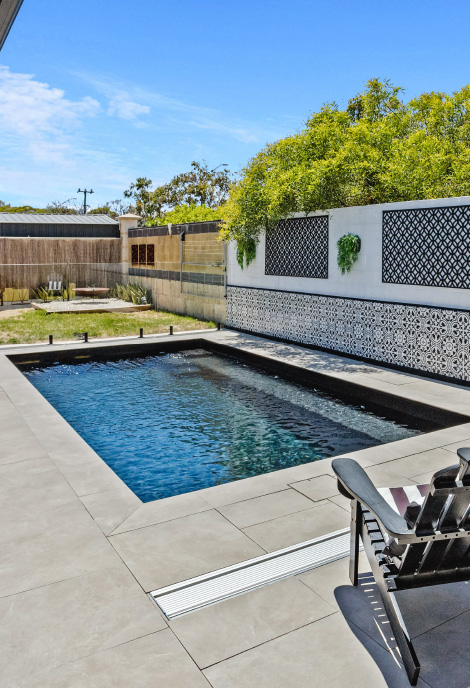
The Future of Energy-Efficient Pools
The shift towards energy-efficient practices in pool maintenance is not just a trend; it’s a necessity for the future. As more pool owners adopt these strategies, we can expect to see several positive outcomes:
- Lowered Energy Costs: Widespread adoption of energy-efficient pool technologies and practices will lead to significant reductions in energy consumption, translating to lower utility bills for pool owners.
- Environmental Benefits: Reduced energy usage means a smaller carbon footprint. By making our pools more energy-efficient, we contribute to the global effort to combat climate change and preserve natural resources.
- Technological Advancements: As demand for energy-efficient pool solutions grows, innovation in the industry will continue to accelerate. This will result in even more advanced and affordable technologies that make it easier for every pool owner to maintain an energy-efficient pool.
In conclusion, embracing energy-efficient practices for your pool is a win-win situation. Not only does it allow you to save money on your energy bills, but it also ensures that you enjoy a well-maintained pool that requires less maintenance and repairs over time. Additionally, by adopting these practices, you are making a positive contribution to environmental sustainability, reducing your carbon footprint, and preserving natural resources for future generations.
Start today by implementing some of the tips and technologies discussed in this post, such as using a pool cover to minimise water evaporation, upgrading to energy-efficient pool pumps and heaters, and incorporating solar-powered lighting. By making these changes, you will experience the numerous benefits of an energy-efficient pool for yourself, including lower operational costs, improved pool performance, and the satisfaction of knowing you are doing your part to protect the planet.


